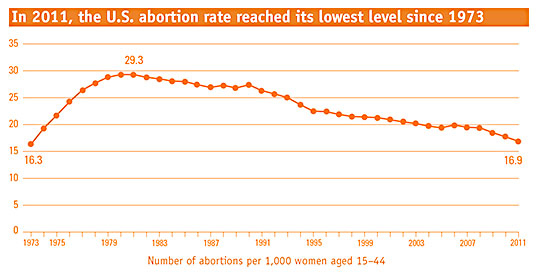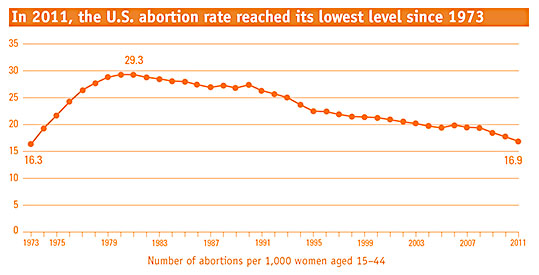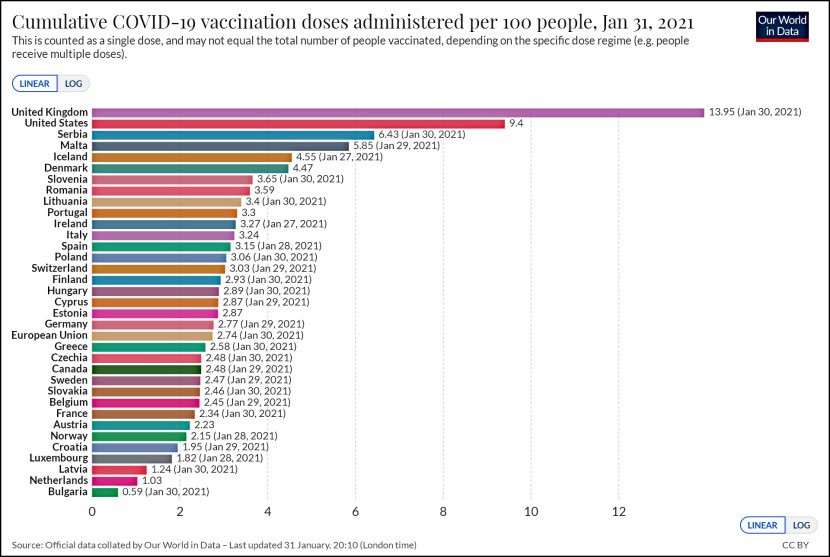
National Review‘s Michael New is unhappy with Guttmacher’s latest report on the abortion rate:
Last week, the Guttmacher Institute released an analysis of the recent decline in the incidence of abortion. Overall, the abortion rate declined by an impressive 13 percent between 2008 and 2011 and reached its lowest level since 1973. This Guttmacher analysis joins a chorus of pundits — including Andrew Sullivan — who were quick to credit contraception for this decline in the abortion rate. And like most Guttmacher studies, this analysis is quick to downplay pro-life laws and other pro-life efforts.
…There is less than meets the eye here, however. The author finds that fewer women under 30 at risk for an unintended pregnancy were forgoing contraception. Yet the decline was slight — only three percentage points.
…The author makes a fair point that the abortion decline was fairly consistent throughout the country….However, the study presents a false dichotomy between either crediting legislation or crediting contraceptives for the falling abortion numbers….The link between abortion attitudes and abortion incidence is not well documented. That said, the shift in public opinion is still worth considering.
Well, look: the abortion rate in America has been steadily declining since 1980. Trying to figure out why it dropped specifically between 2008 and 2011 is a mug’s game. There’s just nothing unusual going on that even requires an explanation. It’s true that the post-1973 decline continued at a rate that was slightly higher than before—but so slightly that it’s just as likely to be statistical noise as anything else.
Both sides should probably stand down in the face of the long-term evidence. Most likely, neither contraceptives nor state laws nor public opinion played a substantial role that was any different from the role they’ve played since 1980. Over the long term, there’s less teen pregnancy, more use of contraceptives, and, as near as I can tell, barely any change in public opinion at all. Beyond that, who knows?
UPDATE: I misread the chart and originally said the abortion rate had been dropping since 1973. It’s actually been dropping only since 1980. I’ve corrected the text.
















